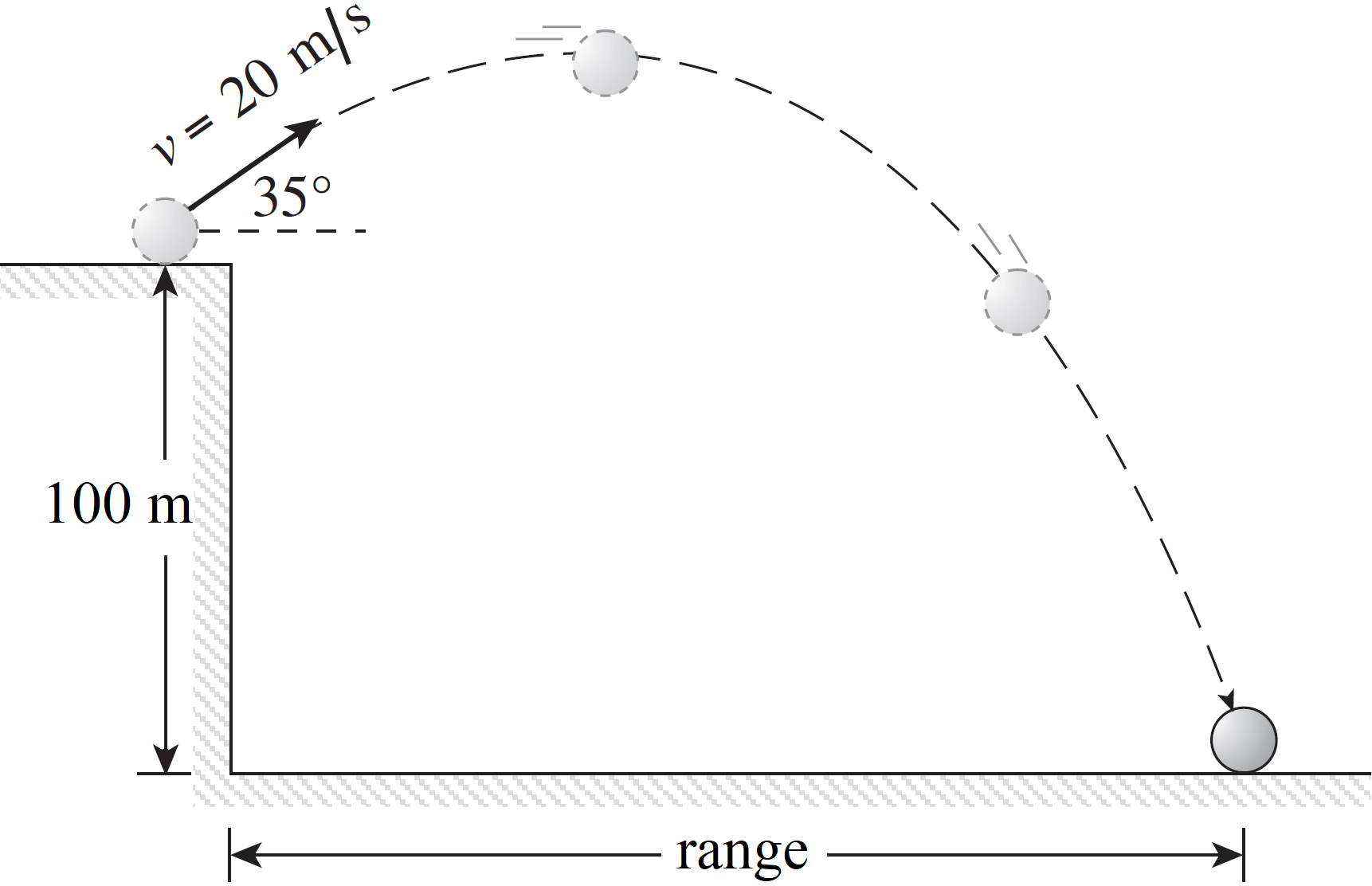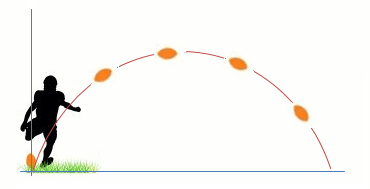Notes:
Shortcut: Level Range Formulas for projectile returning to its original height:
Shortcut: Level Range Formulas for projectile returning to its original height:
- horizontal range:
- time of flight:
Get the most by viewing this topic in your current grade. Pick your course now.



